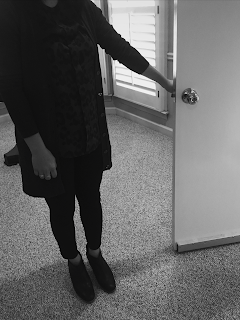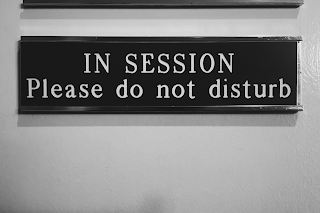This weekend I went to my hometown
of Washington, D.C. to spend some time with family and friends and make more
pictures for my project on my depression. Unfortunately I was not able to meet
up with my therapist from high school, as I had originally planned, because she
made a last minute trip out of town. Nevertheless, the weekend was full of
reflection and reminiscing on who I used to be and who I have become. My mom
and I sat on her bed and thought back to the night that I sat there almost 9 ½
years ago and told her that something was wrong and that I needed to see a
therapist, thought back to how she took me downstairs to have ice cream after.
We recalled the time a week before my 14th birthday when my
psychiatrist decided it was time to put me on antidepressants. We remembered
the night I came dangerously close to attempting suicide; how she had
accidentally left her phone at home and all my calls went to voicemail; how my
best friend’s mom drove her the 30 minutes to my house to intervene. It was
bittersweet, wading through these memories, appreciating the actions of my
friends and family while feeling sad for my former self, yet recognizing how
far I have come since then.
What was surprisingly frustrating about
trying to shoot this weekend was making images of my mom, as she always
immediately noticed my phone and demanded to see the images I had made so that
she could give them her seal of approval (my dad, however, remained oblivious).
She hated the way she looked in almost every single one and kept wanting me to
retake them, kept posing. I tried to explain to her that these images are not
about making her look like a supermodel, but rather about telling my story, but
it did not do much to help. I’m so used to my subjects not seeing the final
finished product of my work that I am not used to difficulties such as this. I
want to be respectful of my mom’s wishes, but also want to share my story as I
see it, with all of its flaws. It is somewhat frustrating to build up the
courage to let myself be vulnerable in my images only to have my mom’s own
insecurities hold me back, but at the same time I completely understand it.
After all, I’ve shared images that have potentially unflattering connotations
about myself, but I have not shared many images that are unflattering of my
physical appearance (at least, not on social media). But though she was reluctant to have her picture taken, she has never hesitated to help me in any other way she possibly can, and I cannot thank her enough for this.




